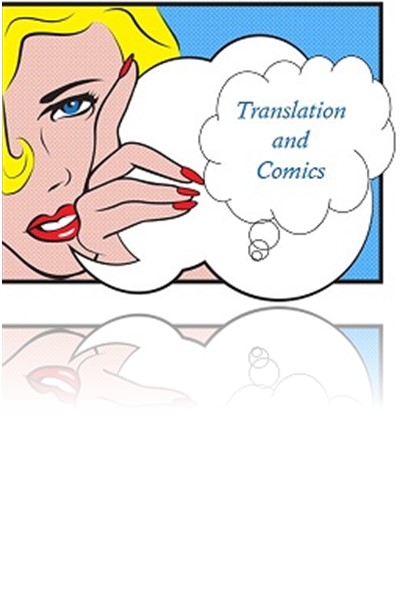THE CONCEPT OF FIDELITY IN COMICS TRANSLATION
DOI:
https://doi.org/10.21992/T9634PKeywords:
translation, comics, fidelity, faithfulnessAbstract
The long-discussed – and frequently dismissed – concept of translation faithfulness or translation fidelity, though usually applied to literary texts, has its fair share of applications when considered for comics translation. In literary translation, non-linguistic portions such as illustrations are often considered addenda or “paratexts” relative to the main, linguistic text. Comics, by its turn, present a certain set of features which single them out as a form that demands a new concept of “text” and, therefore, of translation fidelity. The comic-reading process, as pertaining to cognitive apprehension, implies interpretative accords that differ from the ones in purely linguistic texts: each and every element of the comics page – non-linguistic (mainly imagetic) signs, linguistic signs, panel borders, typography and such – are intertwined and should be perceived in regards to its spatial and topological relations. This approach to understanding comics is based on Groensteen (1999) and his concepts of arthrology, spatio-topia, page layout, breakdown and braiding. As for translation fidelity, we rely on authors such as Berman (1984), Guidere (2010) and Aubert (1993). On comics translation, Zanettin (2008), Rota (2008) and Yuste Frías (2010, 2011) are of particular interest. Based on various concepts of fidelity – supported by samples of translated comics with varied degrees of fidelity to the source text – we discuss the different grounds of source-text fidelity, target-reader fidelity and source-author fidelity in the following instances: linguistic sign fidelity, imagetic sign fidelity, spatio-topia fidelity, typographic fidelity and format fidelity.Downloads
Published
Issue
Section
License
Authors who publish with this journal agree to the following terms: a.Authors retain copyright and grant the journal right of first publication with the work simultaneously licensed under a Creative Commons Attribution License that allows others to share the work with an acknowledgement of the work's authorship and initial publication in this journal. b.Authors are able to enter into separate, additional contractual arrangements for the non-exclusive distribution of the journal's published version of the work (e.g., post it to an institutional repository or publish it in a book), with an acknowledgement of its initial publication in this journal. c.Authors are permitted and encouraged to post their work online (e.g., in institutional repositories or on their website) prior to and during the submission process, as it can lead to productive exchanges, as well as earlier and greater citation of published work (See The Effect of Open Access).



